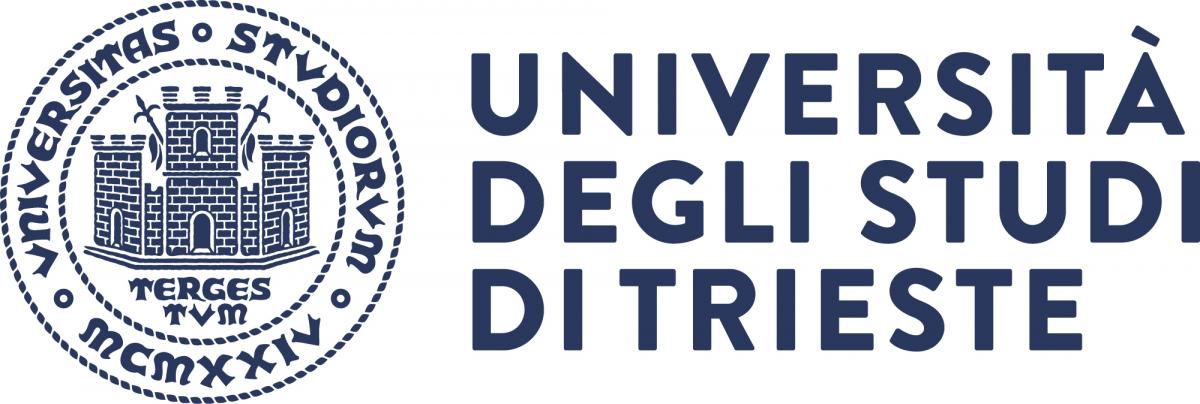- Home
- Department
- Research
- Teaching
- Post Graduate Studies
- Knowledge Transfer
- How To
Seminar @ PhD School of Nanotechnology - G. Rupprechter - Long-ranging nanoscale effects in heterogeneous catalysis
Event typology:
home
Campus:
Trieste

Heterogeneous catalysts are often composed of metal nanoparticles on supporting oxides. The support materials are sometimes rather inert but frequently exhibit activity themselves and contribute to the catalytic reaction. Especially the metal/support interface is typically considered to exhibit modified catalytic activity and/or selectivity.
Several examples will be given to illustrate the role of metal/oxide interfaces in catalysis, using prototypical reactions such as CO oxidation or hydrogen oxidation. It will be demonstrated that – in variance to the common opinion – such effects may not be localized at the interface but may be long-ranging over micrometres.
Contemporary studies of catalytic reaction mechanisms are typically carried out in the operando mode, i.e. performing spectroscopy, microscopy and/or diffraction on the functioning catalysts, while catalytic activity/selectivity are simultaneosly recorded. For many years my group has used synchrotron-based operando methods to evaluate catalytic processes: near atmospheric pressure X-ray photoelectron spectroscopy (NAP-XPS), X-ray absorption spectroscopy (XAS, NEXAFS, EXAFS) and X-ray diffraction. This has been complemented by lab-based methods such as infrared (FTIR, PM-IRAS) and vibrational sum frequency generation spectroscopy (VSFG). Another asset of the group is to examine catalytic surface reactions on heterogeneous catalysts via a two-fold approach, employing both industrial-grade catalysts as well as surface science based planar model catalysts. All studies are performed in close collaboration with theory.
![]()
Venue:
Lecture Room 3B, H2bis Building
Promoter:
PhD School in Nanotechnology
Last update: 10-22-2018 - 15:11



